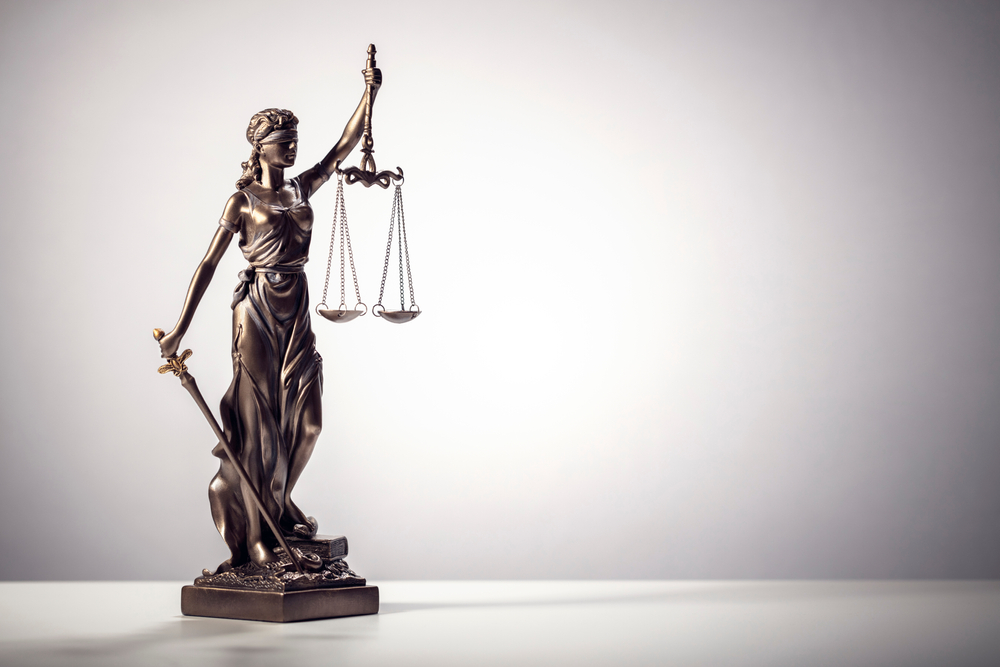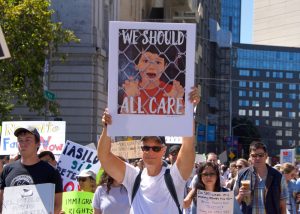The Trump administration’s legacy on racial justice was marked by hostility, silence, or outright opposition to movements advocating for equality. From vilifying Black Lives Matter protests to minimizing police violence and reversing civil rights protections, the federal government signaled to law enforcement and other institutions that accountability was optional. This emboldened discriminatory policing, racial profiling, suppression of protest rights, and attacks on free speech—particularly for Black and brown communities.
In New York State, these federal attitudes collided with already-present structural inequities in housing, policing, education, and criminal justice. Civil rights attorneys became not only advocates but defenders of core democratic principles under siege. Today, the battle continues. This article analyzes the key legal strategies NYS attorneys can use to protect civil rights, seek justice, and challenge systemic racism through litigation, advocacy, and policy reform.
- Section 1983 Lawsuits for Police Misconduct
42 U.S.C. § 1983 is the cornerstone of civil rights litigation, allowing individuals to sue government actors for violations of constitutional rights. In NYS, Section 1983 suits remain a critical tool for holding law enforcement accountable for excessive force, false arrest, and unlawful detention.
Attorney Strategies:
- Preserve evidence early, including bodycam footage, medical reports, and eyewitness accounts.
- Challenge qualified immunity by framing cases around clearly established rights—e.g., excessive force on nonviolent protestors or unlawful stops based on race.
- Demand municipal liability under Monell claims by proving a pattern or policy of misconduct within NYPD or other departments.
- Leverage parallel state law claims (e.g., assault, battery, emotional distress) under New York’s Human Rights Law.
- Legal Support for Protesters and First Amendment Advocacy
Trump’s characterization of protestors as “thugs” and “terrorists” emboldened aggressive law enforcement responses. In NYC, protests were met with kettling, mass arrests, and the use of force—particularly during 2020’s George Floyd protests.
Attorney Strategies:
- Mass defense coordination for clients arrested en masse, especially under dubious charges like disorderly conduct or obstruction.
- Injunctions against police abuse, including emergency relief for unconstitutional crowd control tactics.
- Civil litigation for retaliation, particularly when protesters are targeted after expressing political views.
- Working with civil rights groups to document abuses, submit complaints to oversight bodies (e.g., CCRB), and support systemic change.
- Challenging Racial Profiling and Stop-and-Frisk
Although NYC formally curtailed its controversial stop-and-frisk practices, racial disparities in stops and searches persist—especially in Black and Latino neighborhoods. Trump’s public encouragement of aggressive policing only reinforced biased practices.
Attorney Strategies:
- Use discovery and statistical evidence to show racial bias in policing patterns.
- File motions to suppress evidence obtained from racially motivated or pretextual stops.
- Combine constitutional claims under the Fourth and Fourteenth Amendments to highlight both unlawful searches and equal protection violations.
- Push for consent decrees or local reforms through class action litigation targeting discriminatory enforcement practices.
- Employment Discrimination and Retaliation Cases
Federal protections were rolled back under Trump’s EEOC, weakening support for victims of workplace discrimination. However, NYS law—including the New York State Human Rights Law (NYSHRL)—provides broader protections.
Attorney Strategies:
- File under NYSHRL, which applies to smaller employers and imposes lower burdens for proving harassment.
- Gather comparators and internal records showing discriminatory discipline, promotion denial, or wage disparities.
- Use retaliation protections to defend clients who report race-based discrimination or harassment.
- Negotiate settlements or pursue litigation against both public and private employers engaged in systemic racism.
- Advocating for Prisoners’ Rights
The Trump-era DOJ largely ignored or undermined investigations into civil rights violations in prisons. In NYS, racial disparities in incarceration, use of solitary confinement, and denial of medical care demand legal scrutiny.
Attorney Strategies:
- File Section 1983 claims for cruel and unusual punishment, especially where racial bias is evident in disciplinary measures.
- Advocate under the Prison Litigation Reform Act (PLRA) while meeting administrative exhaustion requirements.
- Use state-level avenues such as Article 78 proceedings or NY Correction Law claims when challenging solitary confinement or denial of services.
- Partner with watchdog organizations to highlight abuse and support systemic change.
- School-to-Prison Pipeline and Education Disparities
Students of color in NYS continue to face harsh discipline, school police presence, and resource disparities. Trump’s Education Department rolled back civil rights enforcement, leaving local attorneys to fill the void.
Attorney Strategies:
- File complaints under Title VI of the Civil Rights Act and Section 504 of the Rehabilitation Act for racial or disability discrimination.
- Use NYS Dignity for All Students Act (DASA) to demand equitable treatment and protection from harassment.
- Challenge suspensions and removals in administrative hearings, particularly when they disproportionately affect Black students.
- Coordinate with education justice organizations to file class action suits or policy demands.
- Housing Discrimination and Gentrification
Trump’s HUD reversed rules designed to fight housing discrimination, including the Affirmatively Furthering Fair Housing rule. In NYS, where gentrification displaces Black and brown residents, civil rights protections are vital.
Attorney Strategies:
- Use federal and state Fair Housing Acts to challenge discrimination in rentals, lending, and sales.
- Conduct undercover testing to uncover differential treatment based on race or national origin.
- Challenge redevelopment plans that displace communities of color without fair housing remedies.
- Represent tenants facing eviction due to landlord bias or discriminatory enforcement of housing codes.
- Surveillance, Facial Recognition, and Privacy Rights
During and after protests, NYPD used facial recognition software and social media monitoring to track protestors and activists—raising civil liberties concerns.
Attorney Strategies:
- Challenge unlawful surveillance under the Fourth Amendment and NYS Constitution.
- Demand policy transparency via FOIL requests and litigation.
- Litigate chilling effects under First Amendment jurisprudence when surveillance discourages participation in protests.
- Push for local ordinances restricting surveillance technology and requiring public oversight.
- Voting Rights and Political Participation
Although NY has expanded voting access, Trump’s repeated false claims about voter fraud created confusion and targeted suppression efforts elsewhere. In diverse districts, misinformation and access barriers still exist.
Attorney Strategies:
- Challenge voter roll purges or access barriers under the Voting Rights Act and NY Election Law.
- Educate clients on new rights under NY’s automatic voter registration and early voting expansions.
- Litigate misinformation campaigns or poll worker misconduct that targets minority voters.
- Work with voting rights coalitions to monitor elections and report incidents.
- Policy and Legislative Advocacy
Attorneys must also serve as advocates in shaping laws that protect civil rights. NYS has passed significant reforms (e.g., repeal of 50-a, bail reform), but backlash and rollbacks threaten progress.
Attorney Strategies:
- Provide testimony on civil rights impacts of proposed legislation.
- File amicus briefs in support of civil rights plaintiffs at the appellate level.
- Engage in impact litigation aimed at setting precedent in key areas of discrimination law.
- Support grassroots coalitions pushing for transformative justice and accountability.
Conclusion
The Trump era intensified racial divides and emboldened institutional misconduct. In New York, attorneys stand as vital defenders of the rights of Black and brown communities disproportionately affected by these shifts. Whether representing protestors, combating police brutality, or protecting students from unjust punishment, civil rights lawyers must use every tool available—from litigation to policy reform—to dismantle systemic racism.
The fight for civil rights is not just about winning cases—it’s about restoring dignity, rebuilding trust, and securing justice for those long denied it. In this mission, NYS attorneys are not just legal practitioners—they are agents of change.
Click Here to Schedule a Consultation with Figeroux & Associates Today!



